Dressing forceps are used when dressing wounds. These instruments hold gauze and other dressing material.Dentists and medical professionals can use these dressing forceps during wound debridement to remove infected or necrotic tissue or debris from the wound.
Uses:
- Placing Dressings: To apply dressings or medicated materials to wounds or cavities.
- Removing Debris: To remove debris or particles from a patient’s mouth during or after a procedure.
- Handling Cotton Rolls: To position and adjust cotton rolls for dry field management.
- Placing Wedges: To insert and adjust wedges during cavity preparations or restorations.
- Applying Hemostatic Agents: To apply hemostatic materials to control bleeding.
- Handling Soft Materials: To manipulate soft materials like dental putty or impression materials.
- Removing Temporary Fillings: To safely remove temporary fillings or materials.
- Holding Materials: To hold and transfer small dental materials from the tray to the treatment area.
- Placing and Removing Gauze: To position and remove gauze during oral surgery or procedures.
- Controlling Bleeding: To apply pressure and control bleeding in minor procedures.
Key Features:
- High-Grade Stainless Steel: Ensures durability and resistance to corrosion.
- Precision Tips: Designed for accuracy and control in handling delicate materials.
- Ergonomic Design: Provides comfort and ease of use for the dentist.
- Non-Slip Grip: Ensures secure handling of materials without slipping.
- Autoclavable: You can sterilize the instrument in an autoclave for hygiene and safety.
FAQs:
- Q: Are dental dressing forceps suitable for sterilization through autoclaving?
A: Dental professionals typically autoclave dental dressing forceps for sterilization. - Q: What material are dental dressing forceps made from?
A: Dentists usually make them from high-grade stainless steel for durability and corrosion resistance. - Q: Are there different sizes of dental forceps available?
A: Yes, dental dressing forceps come in various sizes to accommodate different dental procedures and preferences. - Q: Can these forceps be used for orthodontic procedures?
A: Dentists primarily use them for placing and handling dressings, but they can also be useful in orthodontic procedures for handling small materials. - Q: How should dressing forceps be cleaned and maintained?
- A: Dentists should thoroughly clean them after each use, autoclave them for sterilization, and check them regularly for any signs of wear or damage.

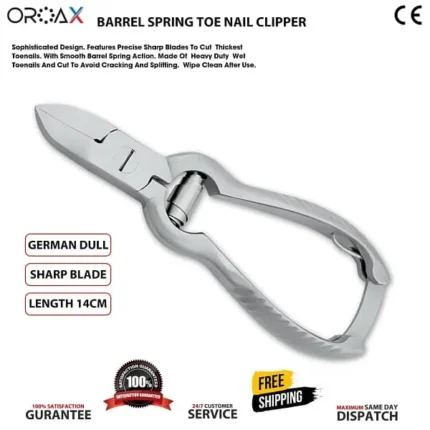
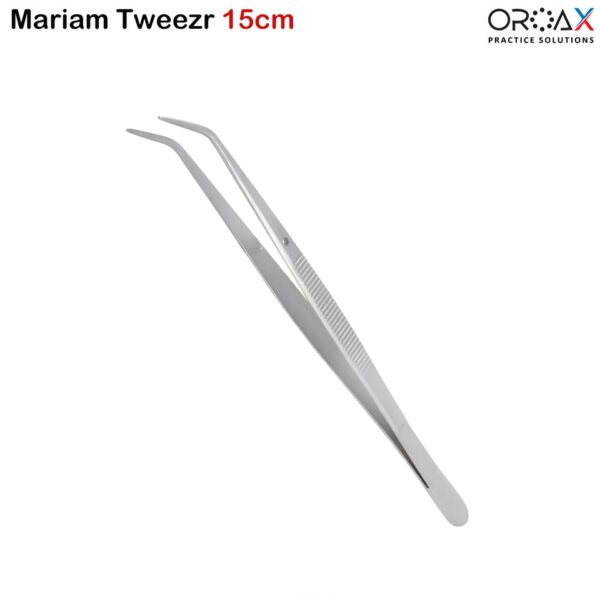



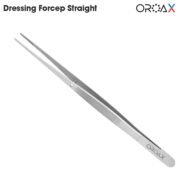
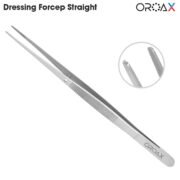
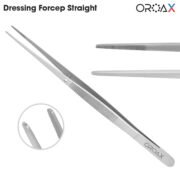
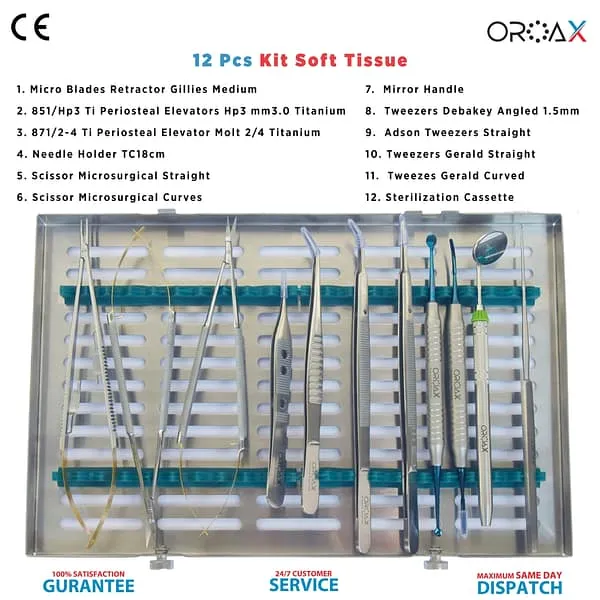
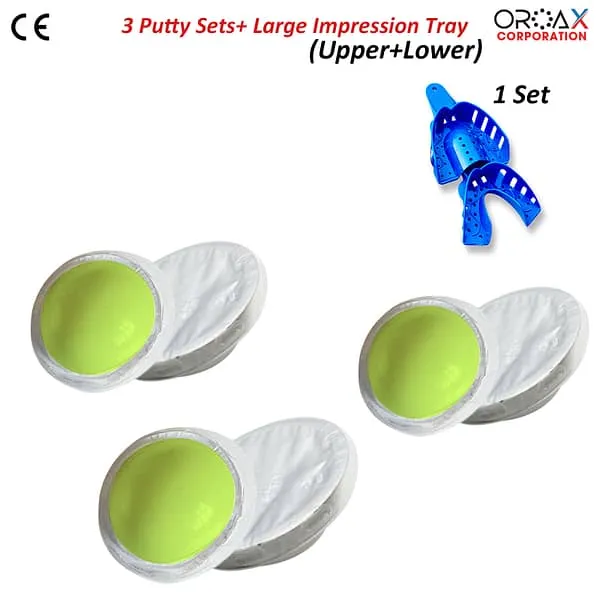

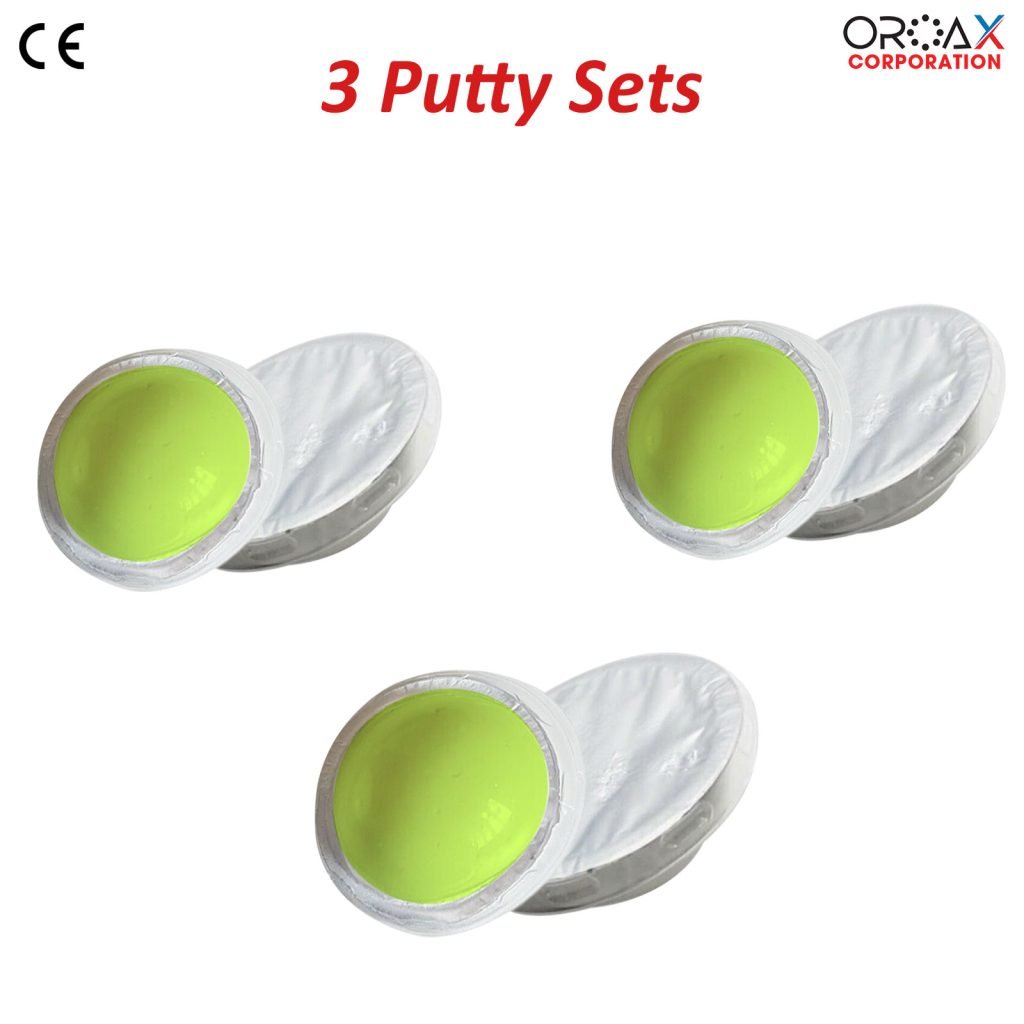
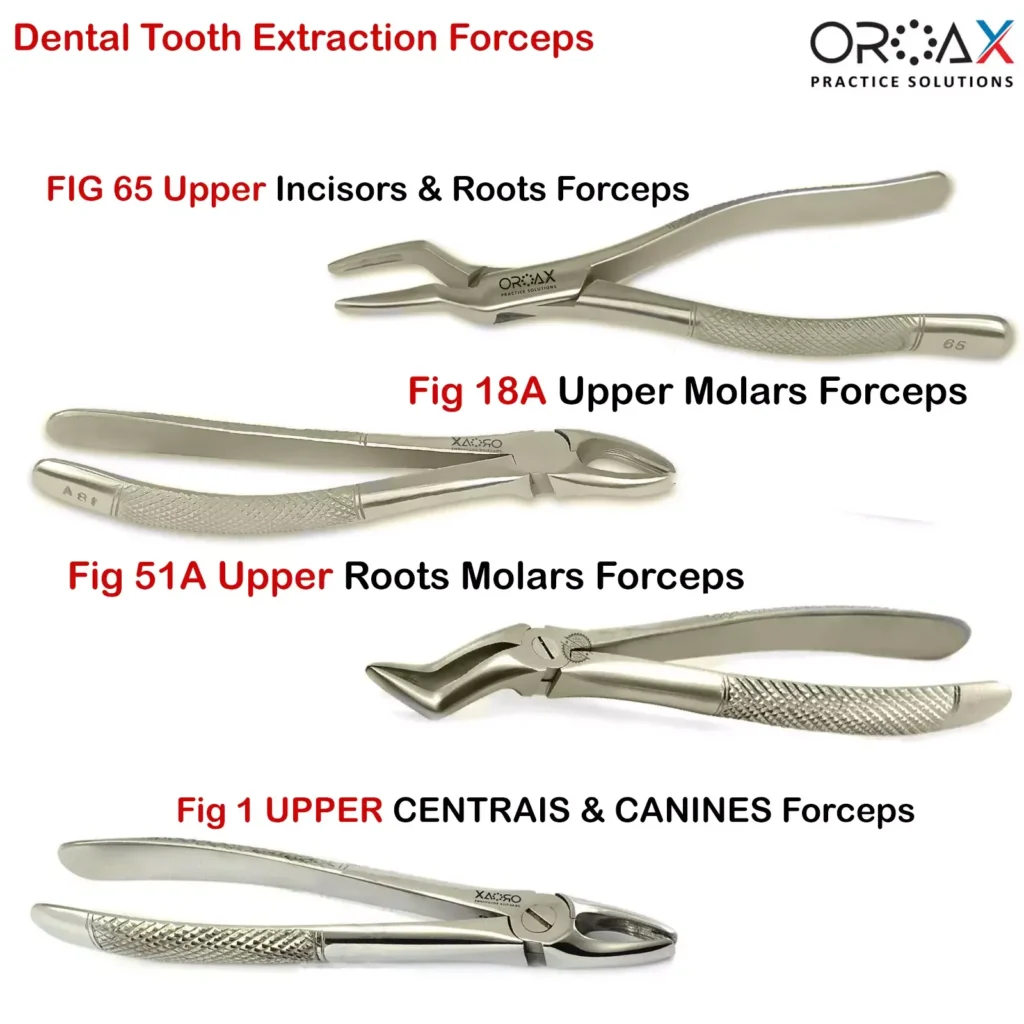
Reviews
Clear filtersThere are no reviews yet.